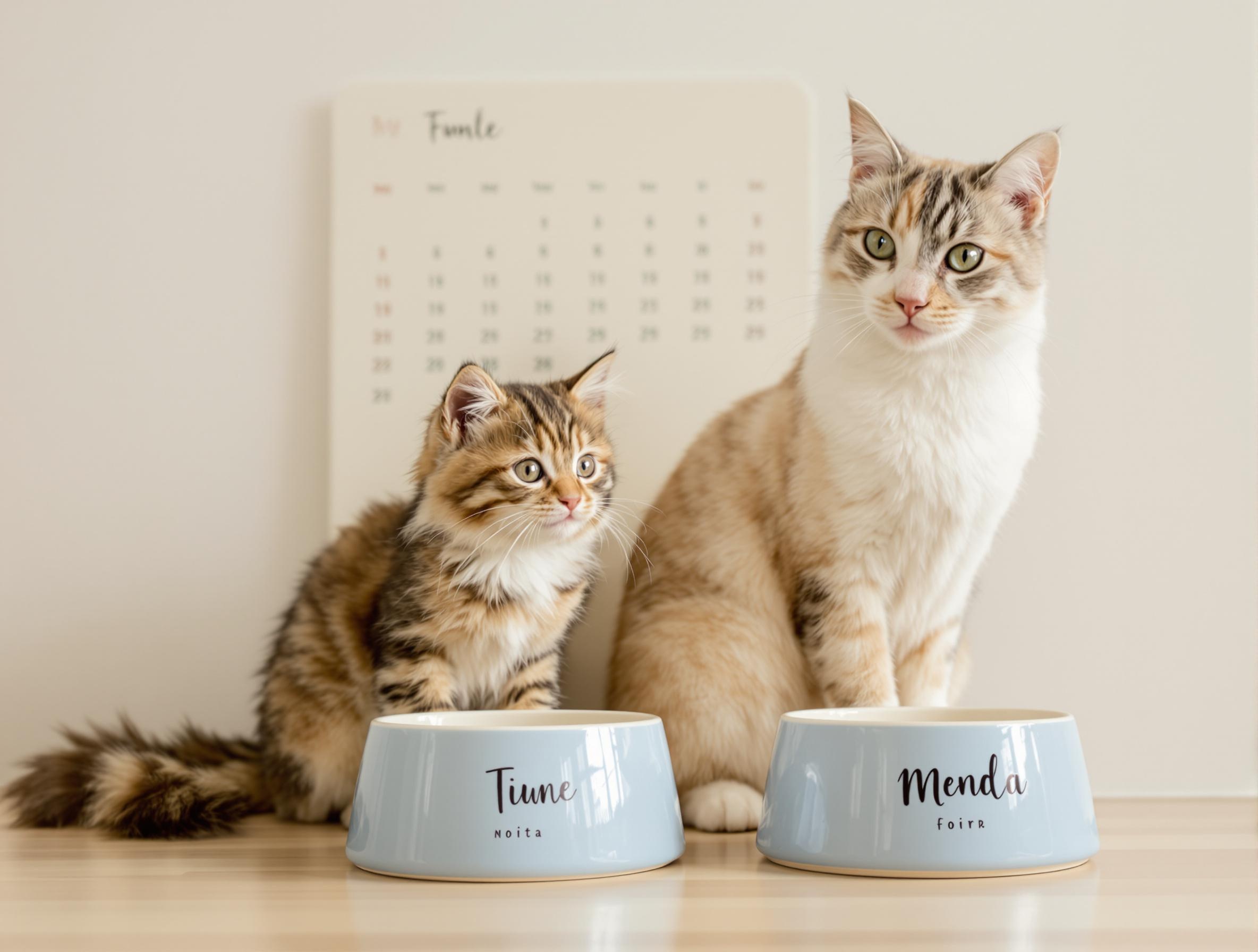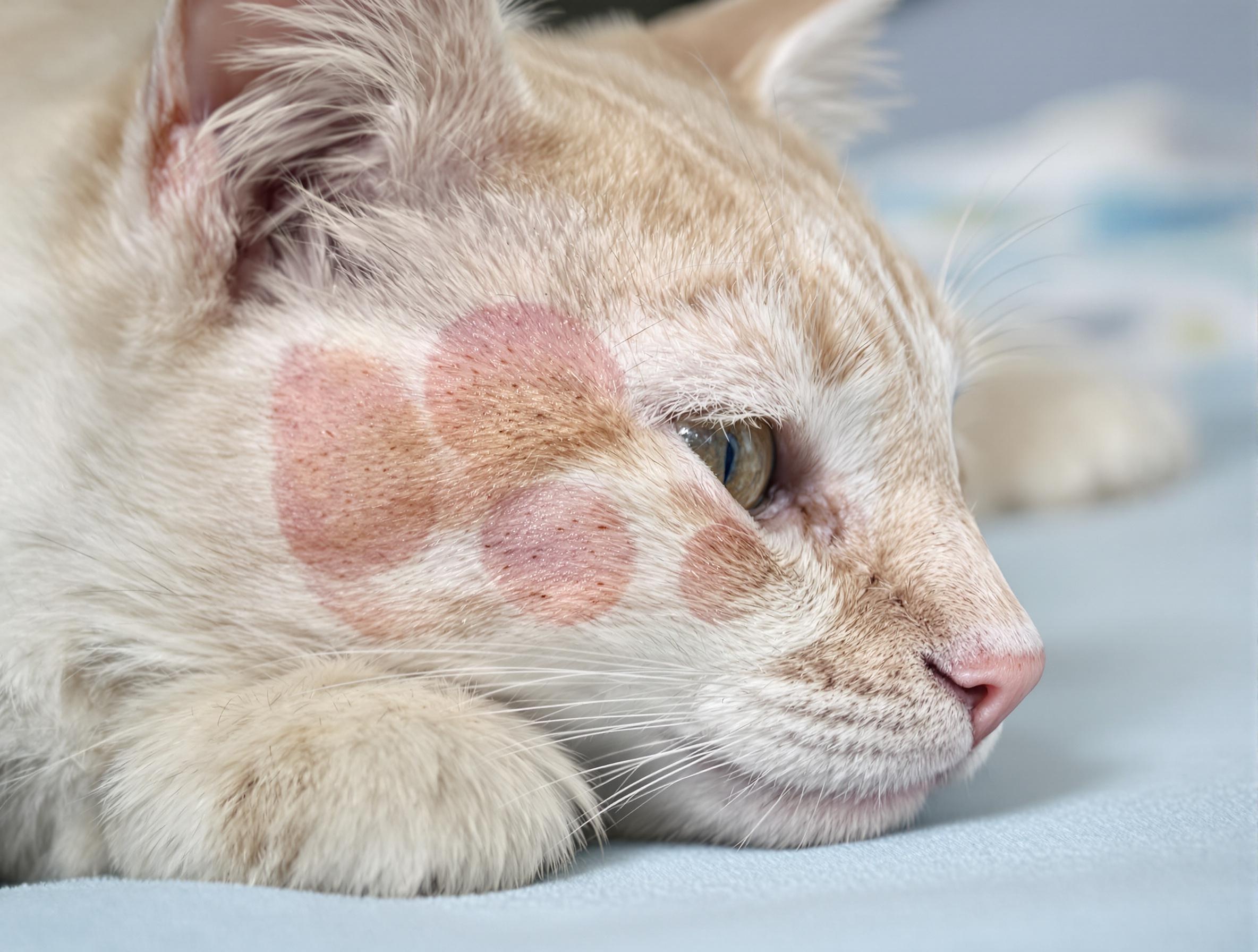
Key takeaways
- Sudden litter box avoidance may be linked to medical conditions like UTIs, kidney disease, or diabetes—always consult a vet first.
- Environmental stress, household changes, or litter box setup issues can all contribute to unwanted urination.
- With a clean setup, patience, and guidance from a vet or behaviorist, most cats can successfully return to consistent litter box use.
Finding a puddle on the floor instead of in the litter box is frustrating, but it’s usually not random. Cats are creatures of habit, and when one stops using the box, there’s almost always a reason. Whether it’s pain, stress, or something in their environment, it’s their way of signaling that something isn’t right.
At PetHealthMD, we help you look beyond the mess to understand what’s really going on with a cat peeing outside the litter box. This guide covers the most common medical and behavioral causes and offers step-by-step solutions to help you bring peace—and cleanliness—back to your home.
Medical issues that could be to blame
If your cat suddenly starts peeing outside the litter box, it’s important to consider whether they’re feeling physically unwell. Medical issues are a common cause of sudden changes in litter box behavior, especially when the behavior appears out of nowhere.
Discomfort, urgency, or confusion caused by illness can easily lead a cat to avoid the box, even if they’ve never had problems before. A vet check is the best first step to rule out anything serious before addressing environmental or behavioral causes.
Common medical causes include:
- Urinary tract infections (UTIs): Inflammation or infection can make urination painful, leading your cat to avoid the box.
- Bladder inflammation (cystitis): Stress-related or idiopathic cystitis can cause frequent, painful urination with little warning.
- Crystals or stones: These can block or irritate the urinary tract, making urination difficult.
- Kidney disease: If your cat can’t make it to the box in time, it can lead to increased urination and accidents.
- Diabetes: Increased thirst and urination are common cat diabetes symptoms that may cause frequent bathroom accidents.
Your veterinarian may recommend prescription diets or urinary and kidney support products for cats as part of a long-term plan to support a healthy urinary tract.
If your cat’s habits have changed and medical issues haven’t been ruled out, don’t wait to get a diagnosis. Many of these conditions are treatable, and catching them early can improve your cat’s comfort and prevent complications. Addressing a medical cause can often bring quick relief—and a quick return to consistent litter box use.
Stress and anxiety triggers
Cats thrive on routine, so anything that disrupts their sense of safety can lead to behavior changes—including inappropriate urination. Emotional stress is a common cause of litter box issues and may be triggered by events you wouldn’t even think twice about. Whether it’s a new visitor in the home or a sudden change in layout, cats notice and respond.
Typical stress-related causes include:
- New additions to the home: Other animals, babies, or guests can cause anxiety or a sense of displacement.
- Changes in environment: Moving furniture or changing rooms can alter their perception of territory.
- Urine marking: Stress can lead to urine marking, which is different from full bladder emptying.
- Tension with housemates: Ongoing social conflict with other cats often leads to litter box avoidance.
If stress is the root cause, it may take a mix of time, routine, and reassurance to help your cat feel comfortable again. Providing extra safe zones and minimizing exposure to stressors are small changes that can yield big results. Some cats also benefit from calming supplements or pheromone products, which you can find in the cat health and wellness category.
Litter box setup mistakes
When medical and emotional causes are ruled out, it’s time to take a closer look at the litter box itself. Even small details in the setup—like where the box is placed or how often it’s cleaned—can have a big impact on whether your cat feels comfortable using it. Many cats are particular about their bathroom habits, and if something feels off, they may look for an alternative spot.
Common litter box setup issues include:
- Too few litter boxes: In multi-cat homes, each cat should have access to its own box—plus one extra.
- Poor location: Boxes placed in loud, high-traffic, or hard-to-reach areas can feel unsafe or inconvenient.
- Dirty conditions: A dirty box is one of the most common reasons cats choose to go elsewhere.
- Covered boxes: Some cats don’t prefer enclosed boxes, especially if odors build up inside.
- Scented litter: Strong fragrances, even if they smell nice to you, can deter cats from using the box.
Reassessing your setup with your cat’s preferences in mind can go a long way toward solving litter box problems. A larger, open box in a quieter location with unscented clumping litter is often a good place to start. If you’re looking for more options to try at home, you can explore different cat litter and accessories to find a setup your cat prefers.
How to retrain your cat to use the litter box
If your cat has developed a habit of peeing outside the box, it’s not impossible to turn things around—but it does take a thoughtful reset. Focus on making the box more appealing than any other spot in the house. By adjusting the setup and guiding your cat back to positive associations, many problems can be reversed.
Key strategies for litter box training include:
- Deep-clean accident spots: Odors linger longer than you think—use pet-safe cleaners to eliminate them.
- Scoop and clean often: A consistently fresh box reduces the chance your cat will look elsewhere.
- Choose a calm location: Avoid loud appliances, drafty hallways, or areas near other pets.
- Offer litter variety: Testing a few types may reveal a preference that encourages use.
- Use gradual reintroduction: Confine your cat to one room with a litter box until they start using it regularly, then slowly expand their space.
- Reinforce good behavior with treats: Offering a small treat when your cat uses the litter box can help create a positive association and boost consistency.
Consistency is essential for retraining to work. Give your cat time to adjust without punishment or pressure. If you’re reworking your litter setup, consider adding an extra box or switching litter brands to find what works best.
When to seek help from a vet or behaviorist
If your cat continues to avoid the litter box after you’ve made changes at home, it’s a sign that the issue may be more complex. A veterinarian can run diagnostic tests to rule out health concerns that may not be obvious but still affect bathroom habits. In some cases, medication or a specialized treatment plan may be necessary.
Should your cat’s health come back clear, a behaviorist can dig deeper into emotional or territorial causes. They can offer tailored strategies to ease anxiety, manage household dynamics, or address lingering associations that keep your cat from using the box. Working with an expert can give you fresh insight—and give your cat the best chance at getting back on track.
Frequently Asked Questions
Why is my cat suddenly peeing outside the litter box?
A sudden change in bathroom habits is often linked to medical issues like UTIs or cystitis. Stress or a change in their routine can also contribute.
Can stress really cause litter box problems?
Yes. Cats are sensitive to changes in their environment, and stress can lead to inappropriate urination or urine marking.
How many litter boxes should I have?
The general rule is one litter box per cat plus one extra. This helps reduce competition and ensures every cat has access to a clean box.
What type of litter do most cats prefer?
Most cats prefer unscented, clumping litter. Strong fragrances can be overwhelming and may discourage litter box use.
When should I see a veterinarian?
If your cat is straining, crying while urinating, has blood in their urine, or suddenly stops using the box without an obvious cause, contact your veterinarian immediately.
Get to the root of the problem—then fix it gently
Litter box problems can feel frustrating, but they’re often your cat’s way of asking for help. Whether the issue is physical, emotional, or environmental, small changes often lead to big improvements. Getting to the root of the problem—rather than reacting to the symptom—can make all the difference.
At PetHealthMD, we focus on what matters most to your cat’s well-being. Our resources walk you through medical concerns, litter box setup tips, and behavior support all in one place. When you understand what’s really behind your pet’s behavior, you’re better equipped to handle it with care and confidence. To support your cat’s comfort at home, explore the cat products category on 1800PetMeds for supplies that complement your litter box routine.





